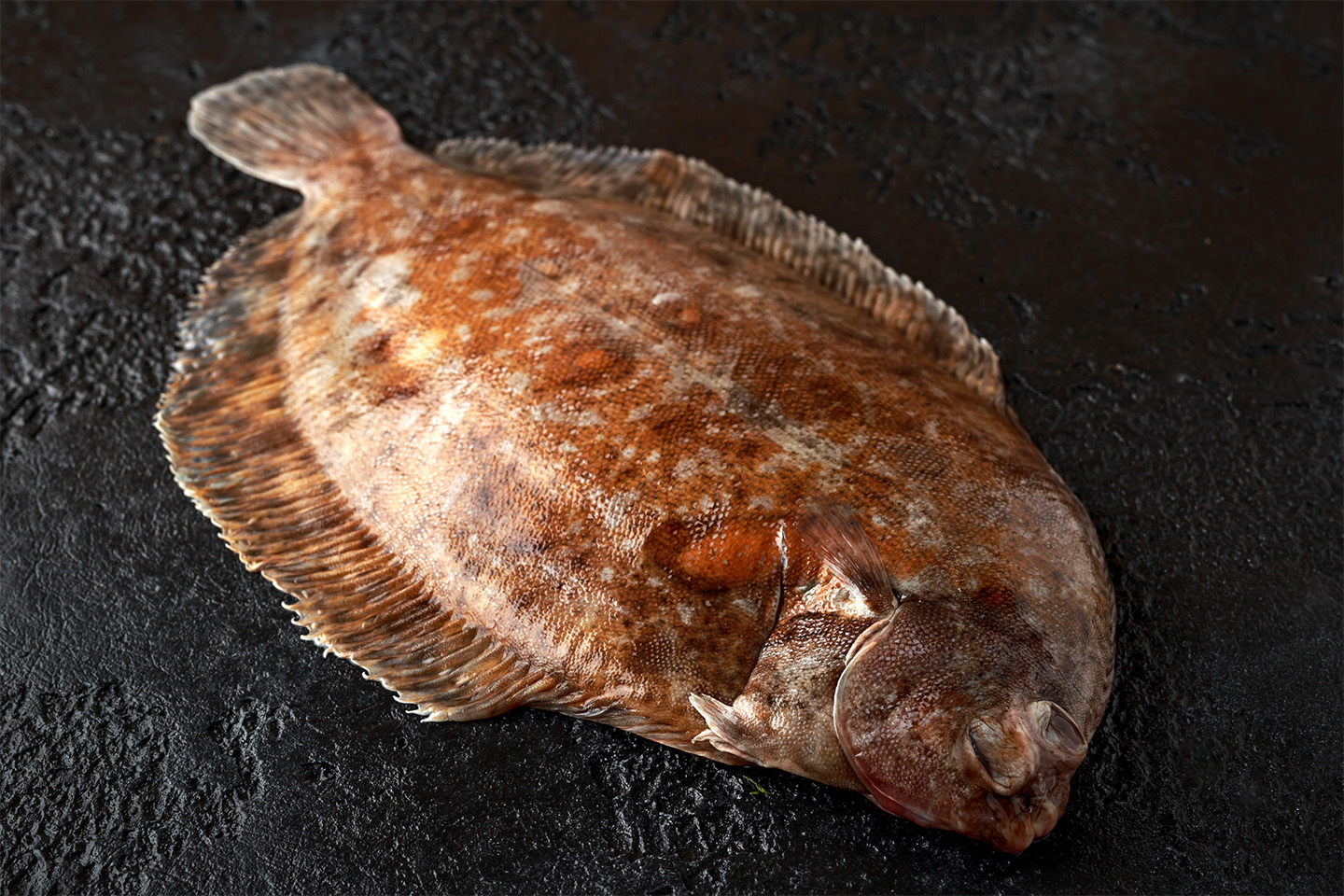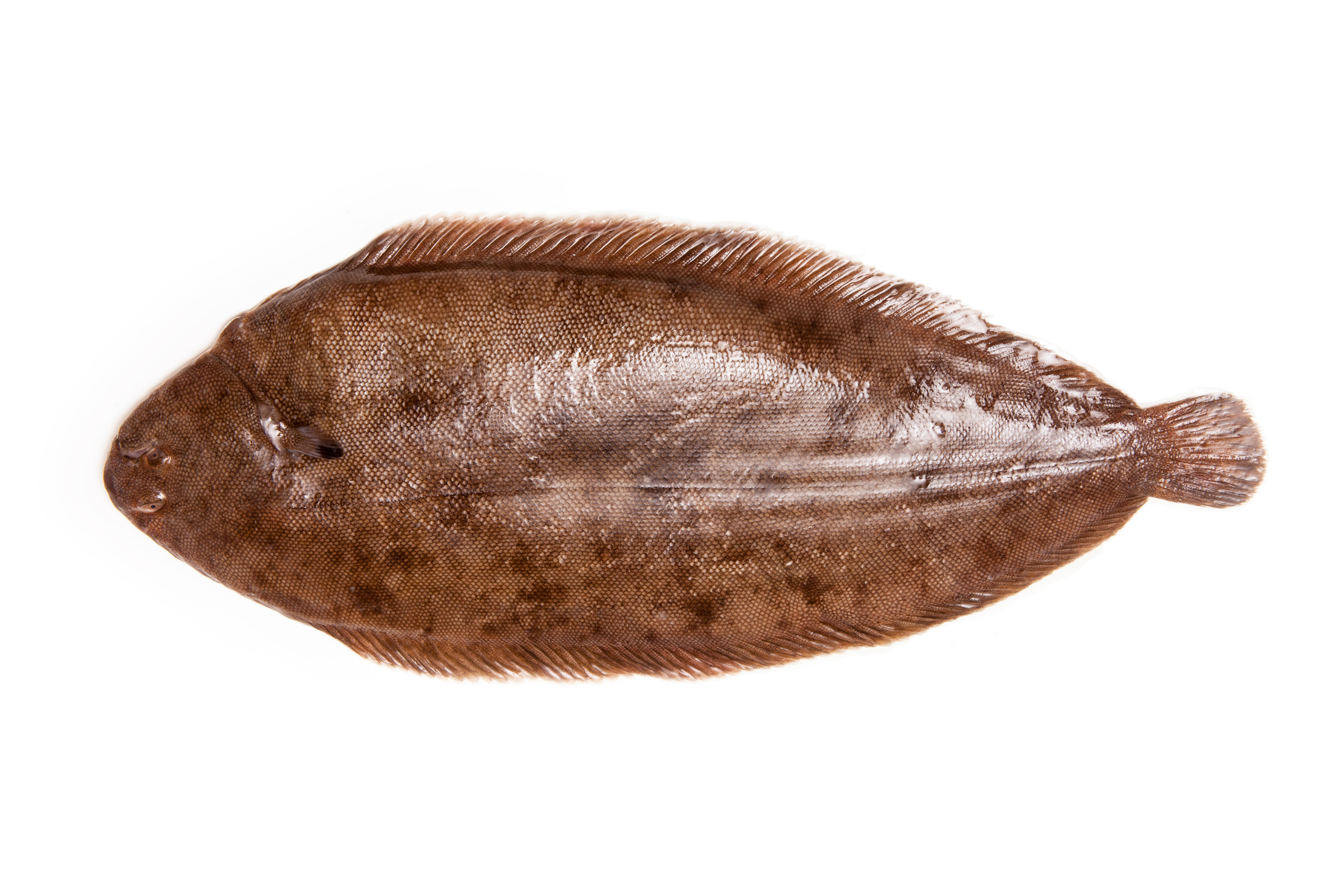Sole Fish Biology

Sole fish, members of the Soleidae family, are flatfish known for their unique physical characteristics and adaptations. Their bodies are dorsoventrally flattened, with both eyes located on the upper side of the head. This adaptation allows them to rest on the ocean floor with one side facing upward, effectively camouflaging themselves from predators.
There are over 150 species of sole fish, each inhabiting various marine environments. Some common species include the common sole (Solea solea), Dover sole (Microstomus pacificus), and yellowfin sole (Limanda aspera). These fish are found in both temperate and tropical waters, inhabiting sandy or muddy bottoms from shallow coastal areas to deep ocean depths.
Sole fish, flat and wide, glide effortlessly through the ocean’s depths. Their eyes, situated on one side of their bodies, give them a unique perspective. But unlike the floater fish , which drift aimlessly with the currents, sole fish are active swimmers, navigating their environment with precision and grace.
Their ability to adapt to different habitats, from sandy bottoms to rocky shores, is a testament to their resilience and adaptability.
Life Cycle and Reproductive Behavior
Sole fish have a complex life cycle that involves several distinct stages. They begin as eggs, which are fertilized externally and hatch into planktonic larvae. These larvae float in the water column for several weeks before undergoing metamorphosis into juveniles. Juvenile sole fish settle to the bottom and adopt their characteristic flatfish body shape.
As they mature, sole fish become sexually active. Spawning typically occurs in the spring or summer months, with females releasing large numbers of eggs into the water column. Males fertilize the eggs externally, and the fertilized eggs develop into larvae.
Sole Fish in the Culinary World
Sole fish is a popular delicacy in many cultures due to its mild flavor, firm texture, and versatility in cooking. From pan-frying to baking, grilling, or steaming, sole fish can be prepared in various ways to suit different palates and preferences.
Not only is sole fish a culinary delight, but it also boasts impressive nutritional value. Different species of sole fish may vary slightly in their nutritional composition, but they generally provide a good source of protein, omega-3 fatty acids, and essential vitamins and minerals.
Recipes for Preparing Sole Fish
The versatility of sole fish in the culinary world is evident in the diverse range of recipes that feature this delicate fish. Here are a few popular cooking methods and recipes for preparing sole fish:
- Pan-frying: Pan-frying sole fish is a quick and easy way to cook it. Simply season the fish with salt, pepper, and your favorite herbs, then pan-fry it in a little bit of butter or olive oil until golden brown on both sides.
- Baking: Baking sole fish is another simple and healthy way to prepare it. Preheat your oven to 375 degrees Fahrenheit, then place the sole fish on a baking sheet lined with parchment paper. Drizzle the fish with olive oil, lemon juice, and herbs, then bake for 10-15 minutes, or until cooked through.
- Grilling: Grilling sole fish is a great way to add some smoky flavor to the fish. Preheat your grill to medium-high heat, then place the sole fish on the grill grates. Grill for 3-4 minutes per side, or until cooked through.
- Steaming: Steaming sole fish is a gentle cooking method that preserves the fish’s delicate flavor. Place the sole fish in a steamer basket over a pot of boiling water. Cover the pot and steam the fish for 5-7 minutes, or until cooked through.
Nutritional Value of Different Sole Fish Species
The nutritional value of different sole fish species can vary slightly, but they all provide a good source of protein, omega-3 fatty acids, and essential vitamins and minerals. Here is a table comparing the nutritional value of three common sole fish species:
| Species | Calories | Protein (g) | Omega-3 Fatty Acids (mg) |
|---|---|---|---|
| Dover sole | 100 | 20 | 1,000 |
| Petrale sole | 90 | 18 | 800 |
| Yellowfin sole | 80 | 16 | 600 |
Tips for Selecting and Storing Sole Fish
To ensure that you get the best quality sole fish, it is important to know how to select and store it properly. Here are a few tips:
- When selecting sole fish, look for fish that has a firm texture and bright, clear eyes. The fish should also have a mild, fresh smell.
- Store sole fish in the refrigerator for up to 2 days. Wrap the fish tightly in plastic wrap or place it in a sealed container to prevent it from drying out.
- If you want to freeze sole fish, wrap it tightly in plastic wrap and place it in a freezer-safe bag. Frozen sole fish can be stored for up to 6 months.
Sole Fish in Ecology and Conservation

Sole fish play a crucial role in marine ecosystems, serving as both predators and prey. They feed on various invertebrates, helping to regulate their populations. As prey, they are a valuable food source for larger fish, marine mammals, and seabirds.
Ecological Role
Sole fish are benthic feeders, primarily consuming invertebrates such as worms, mollusks, and crustaceans. Their foraging behavior helps control the abundance of these prey species, maintaining a balance within the ecosystem. Additionally, sole fish are known to prey on small fish, contributing to the regulation of fish populations.
Threats and Conservation, Sole fish
Sole fish populations face various threats, including overfishing, habitat loss, and pollution. Overfishing is a significant concern, as sole fish are often targeted for commercial and recreational fishing due to their high market value. Habitat loss and degradation from coastal development, pollution, and climate change also pose threats to sole fish populations.
Conservation Efforts
Conservation efforts for sole fish include regulations on fishing practices, habitat protection, and research initiatives. Fisheries management measures, such as catch limits and closed seasons, aim to prevent overfishing and ensure sustainable populations. Marine protected areas provide refuge for sole fish and their habitats. Research programs focus on understanding the biology, ecology, and population dynamics of sole fish to inform conservation strategies.
Organizations Involved
Several organizations are involved in sole fish research and preservation. These include:
– International Council for the Exploration of the Sea (ICES)
– National Oceanic and Atmospheric Administration (NOAA)
– World Wildlife Fund (WWF)
– Marine Conservation Society
In the realm of marine life, the sole fish swims gracefully through the depths. Its delicate body is a testament to the wonders of nature. Like the lift in basketball, a moment of sheer athleticism that elevates the player above the competition, the sole fish’s existence reminds us of the beauty and resilience of life.
In the boundless ocean, the sole fish, with its flat and elliptical body, swims gracefully through the water. Its dorsal fin, like a delicate brushstroke, gently ripples as it glides. Yet, beneath the surface, there’s a connection to another realm—the pike meaning.
In the tapestry of language, the sole fish and the pike, though worlds apart, share a common thread, a reminder that even in the vastness of life, there’s an underlying unity that binds all creatures together.
The sole fish, with its flat, oval body, is a delicacy found in the depths of the ocean. Its white, flaky flesh is highly prized, but what many don’t know is that the sole fish shares a connection with the mighty pike.
The pike definition describes this freshwater predator as a long, slender fish with a pointed snout and sharp teeth. While the sole fish may not possess the same fearsome appearance, it shares with the pike a common ancestry that has shaped their unique characteristics.
Sole fish, a flatfish found in the ocean depths, is a delicacy prized for its delicate flavor. Its name derives from the Latin word “soleus,” meaning “sandal,” due to its resemblance to the sole of a foot. In the world of basketball, the term “floater” holds a similar significance, referring to a floater basketball meaning technique where a player gently releases the ball towards the basket, creating a deceptive and difficult-to-block shot.
Like the sole fish’s elusive nature, the floater basketball move allows players to outmaneuver their opponents and score with finesse.